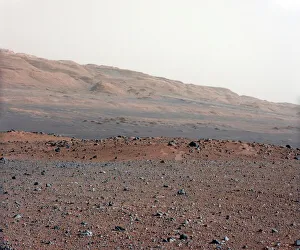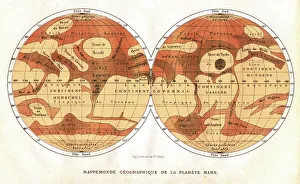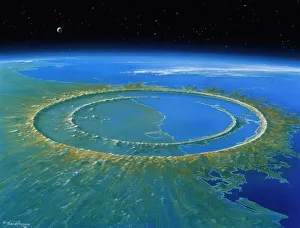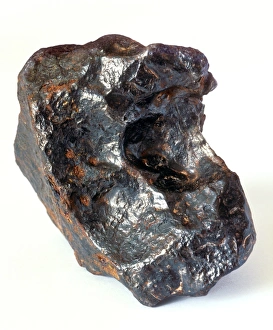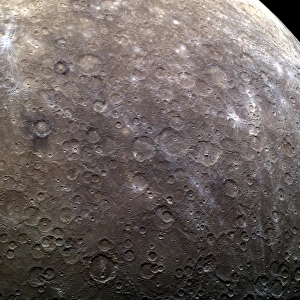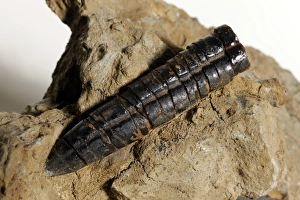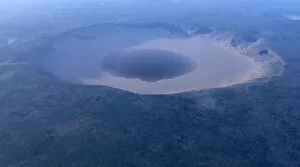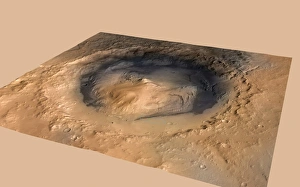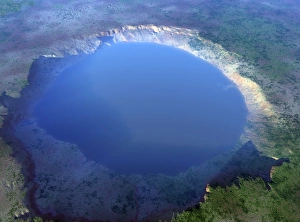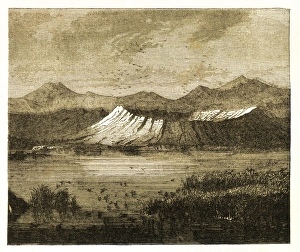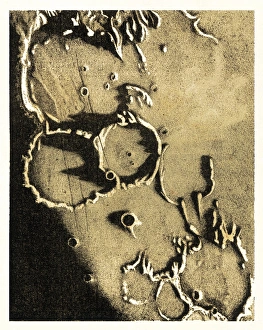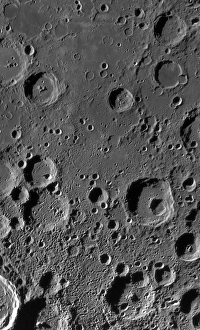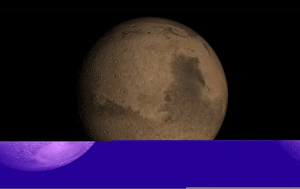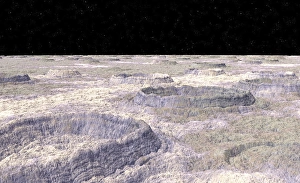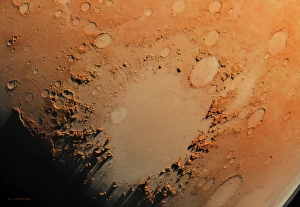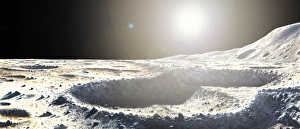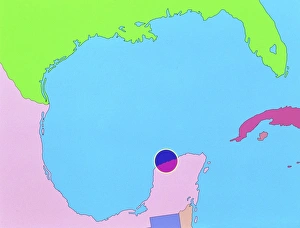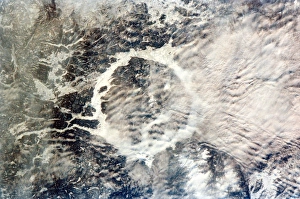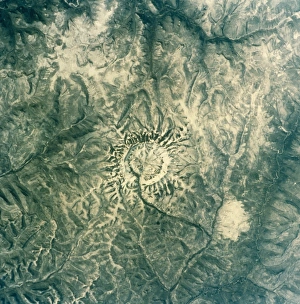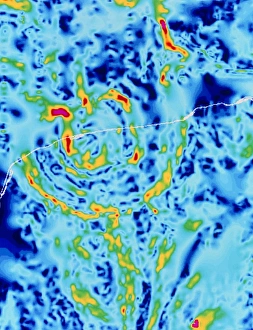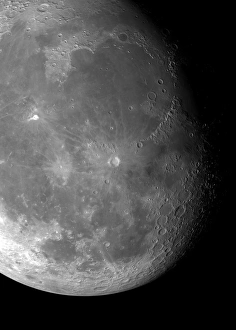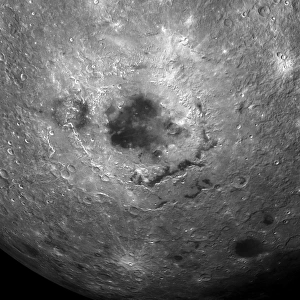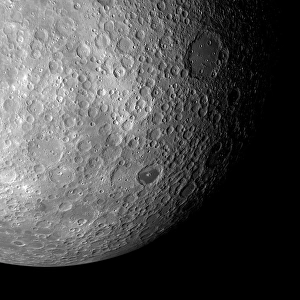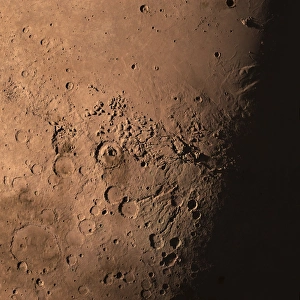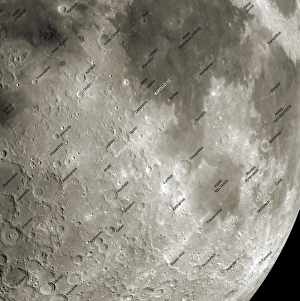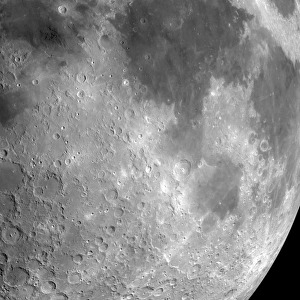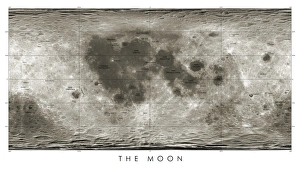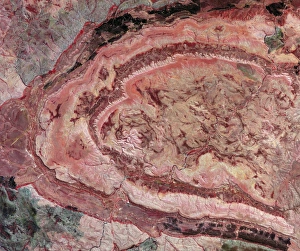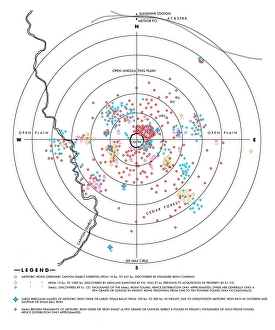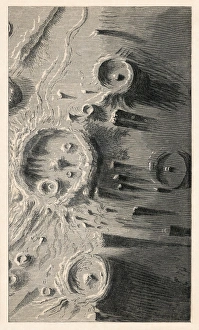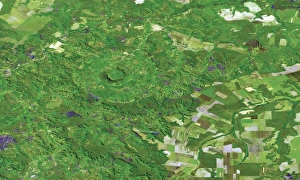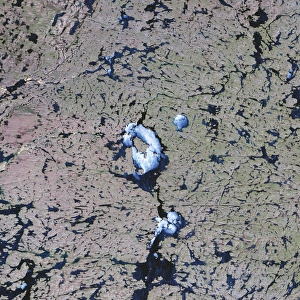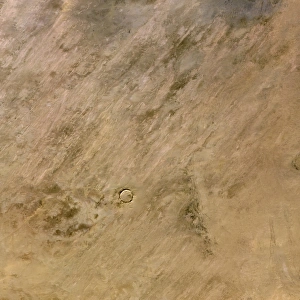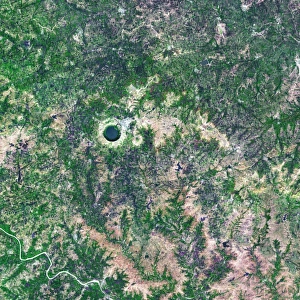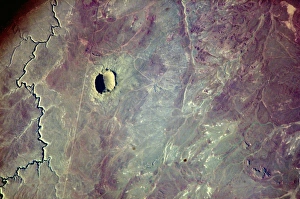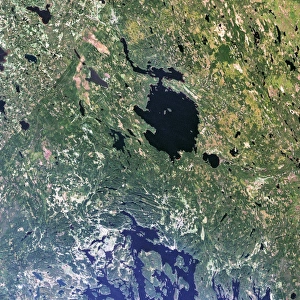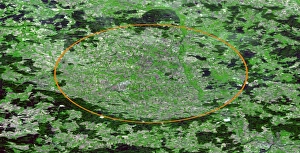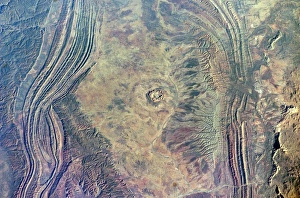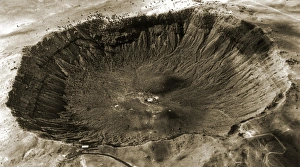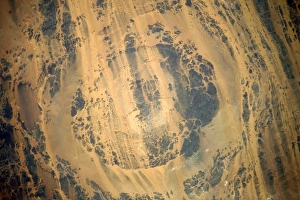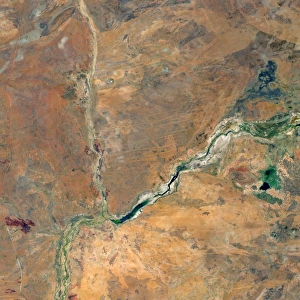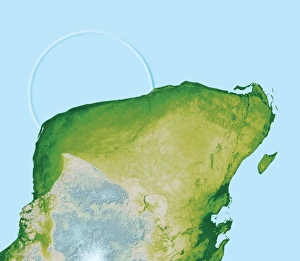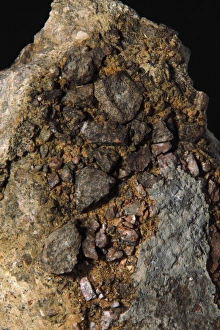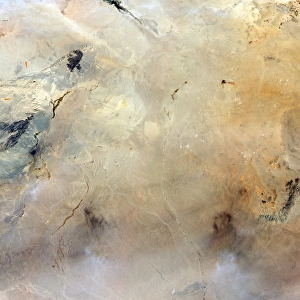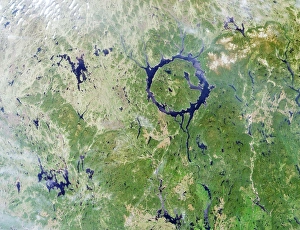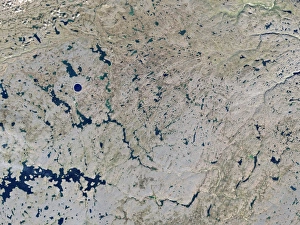Impact Crater Collection
The captivating world of impact craters unveils a mesmerizing landscape, like the Gale Crater on Mars
All Professionally Made to Order for Quick Shipping
The captivating world of impact craters unveils a mesmerizing landscape, like the Gale Crater on Mars. As we explore the vastness of space, images such as the Mars map from 1881 transport us to uncharted territories. Artwork showcasing the Chicxulub impact crater in Yucatan reminds us of the immense power that shaped our planet's history. Satellite images and topographical maps offer glimpses into otherworldly terrains, like those found on Mars. A fragment of an iron meteorite serves as a tangible reminder of celestial bodies colliding with Earth throughout time. Journeying further into our solar system, MESSENGER captures stunning images of craters on Mercury, such as Atget crater and its intricate details revealed through satellite imagery. The Nordlinger Ries impact crater comes alive through breathtaking artwork that transports us back in time to witness its formation. Delving deeper into history, a belemnoid fossil takes us back millions of years when life thrived alongside these cataclysmic events. With each piece fitting together like a cosmic puzzle, artwork depicting the Nordlinger Ries impact crater allows us to envision its colossal size and unimaginable force. Intriguingly close to home, Curiosity rover explores Gale Crater on Mars with tireless curiosity and determination. Its discoveries continue to unravel mysteries about our neighboring planet's past and potential for future exploration, and are not just geological formations; they are windows into worlds both near and far. They remind us that within every scar lies an untold story waiting to be unearthed—a testament to the ever-evolving nature of our universe.

